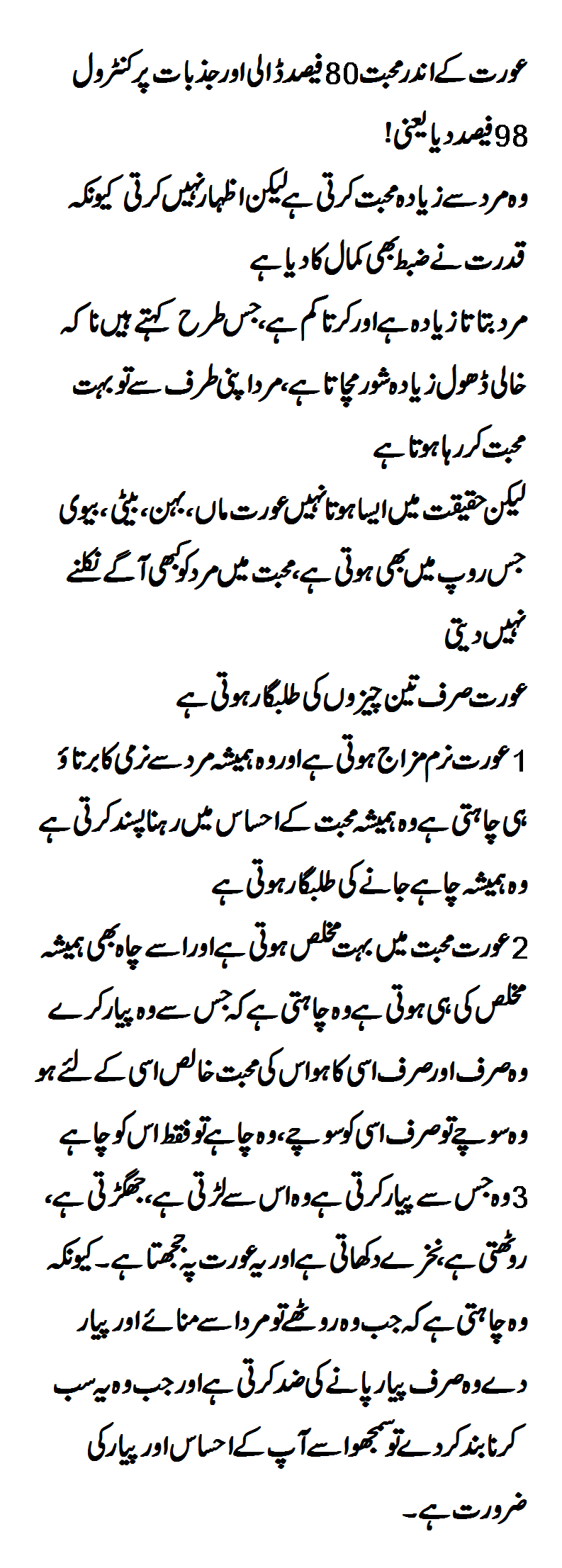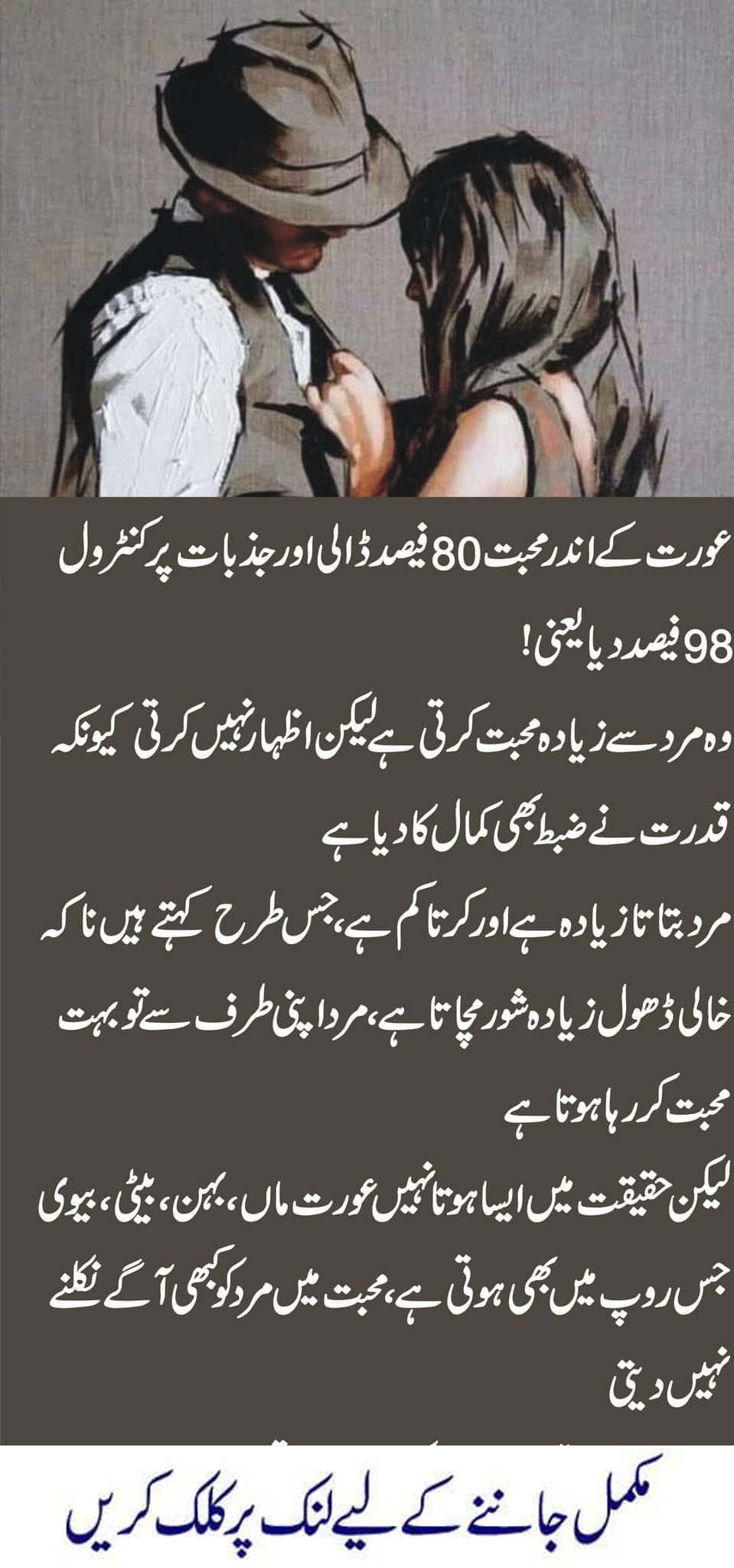Small but significant gender differences in emotion expressions have been reported for adults, with women showing greater emotional expressivity, especially for positive emotions and internalizing negative emotions such as sadness. But when, developmentally, do these gender differences emerge? And what developmental and contextual factors influence their emergence?
This article describes a developmental bio-psycho-social model of gender differences in emotion expression in childhood. Prior empirical research supporting the model, at least with mostly White middle-class U.S. samples of youth, is presented. Limitations to the extant literature and future directions for research on gender and child emotion are suggested.Keywords: childhood, emotion, gender, sex differences
Several research studies and meta-analyses have shown small but significant gender differences in the expression of emotion in adulthood in the US and some Western European countries, with women showing greater emotion expression overall (Brody & Hall, 1993; Kring & Gordon, 1998),
and in particular for positive emotions (LaFrance, Hecht, & Levy Paluck, 2003) and internalizing negative emotions such as sadness and anxiety (e.g., Allen & Haccoun, 1976), but with men expressing greater levels of aggression and anger than women, in some contexts
(Archer, 2004).Interestingly, although women may be more expressive of most emotions, at least in Western cultures, men show equal or greater levels of physiological arousal, for example with men showing greater blood pressure and cortisol responses to emotionally arousing stressors (e.g., Chaplin, Hong, Bergquist, & Sinha, 2008

